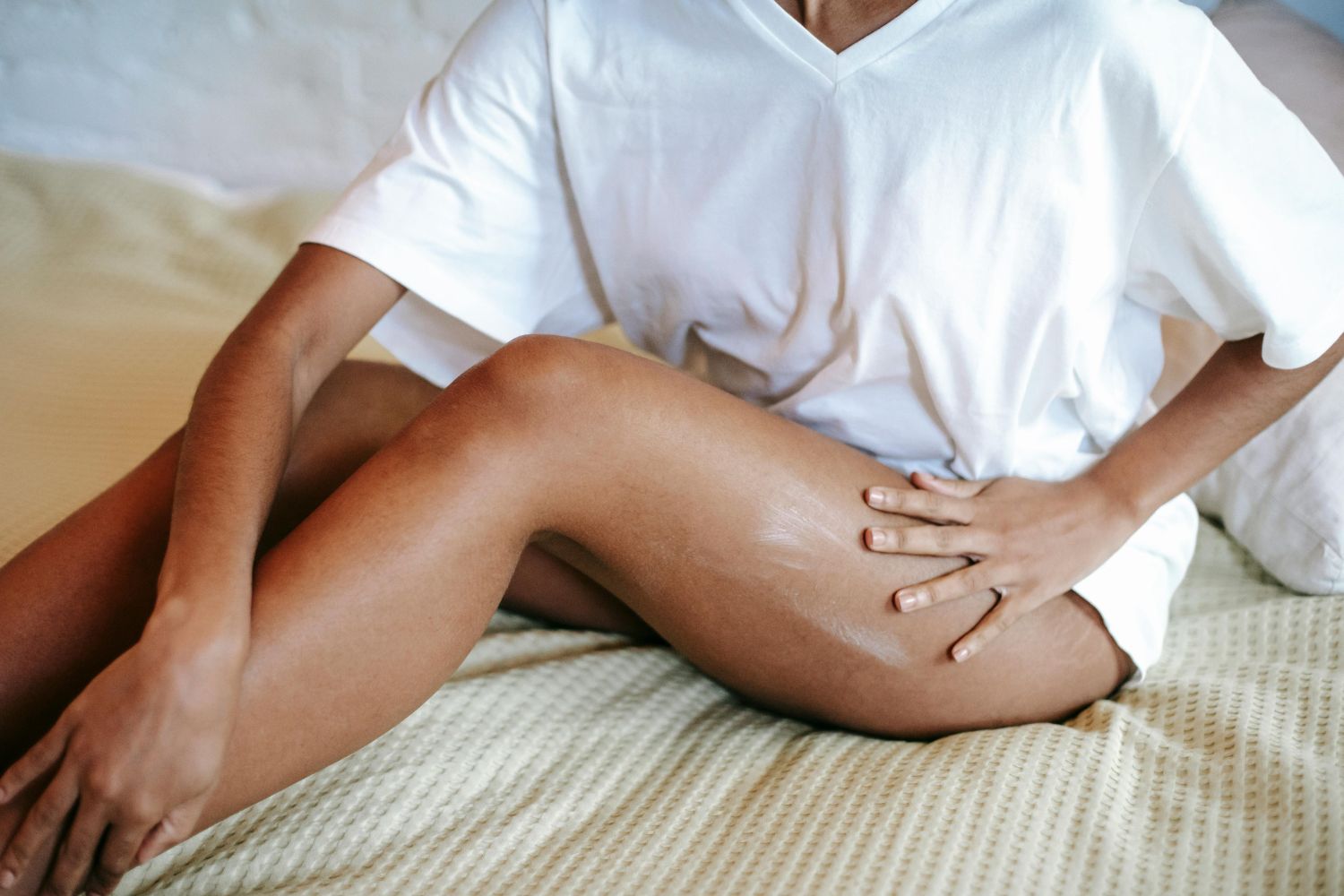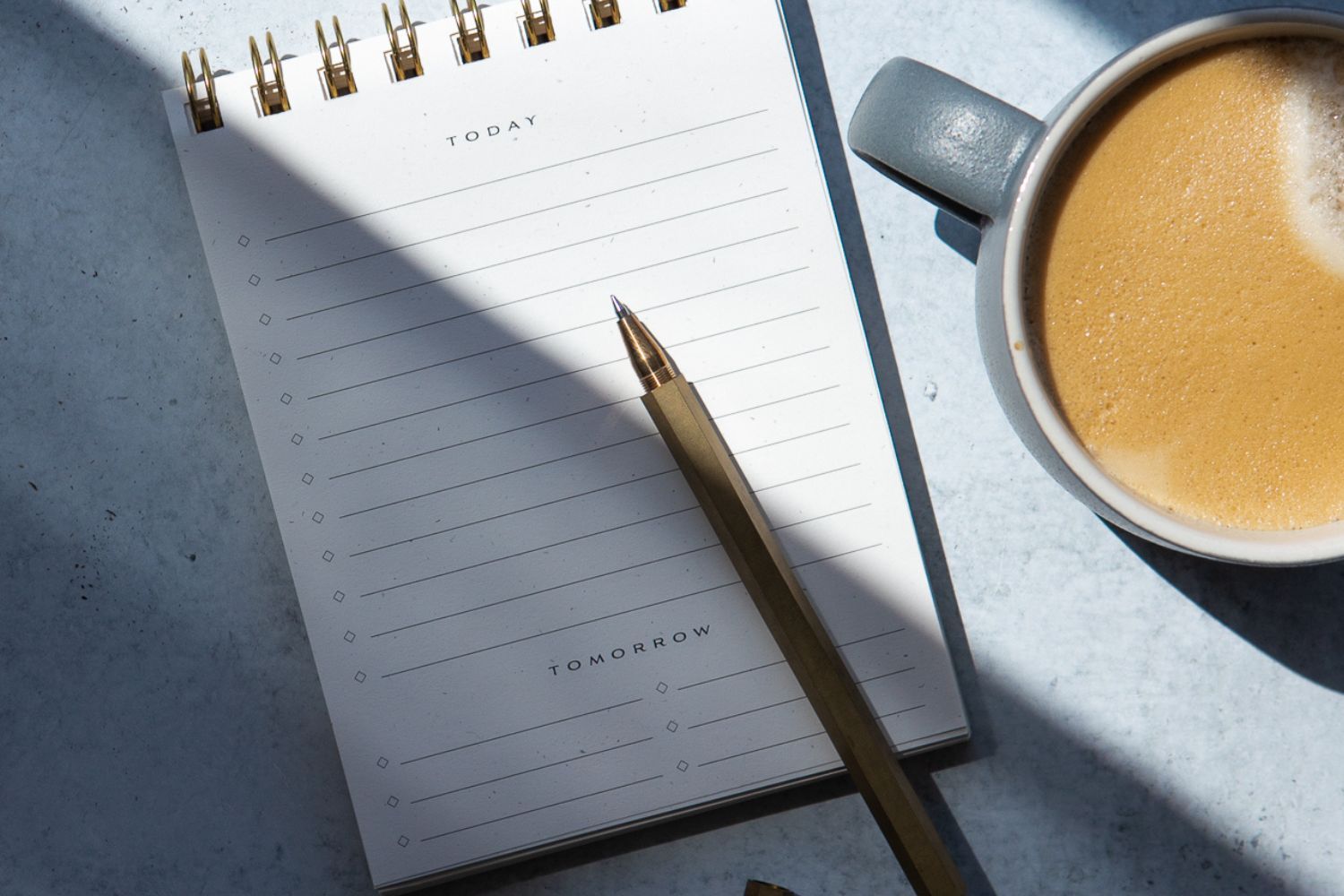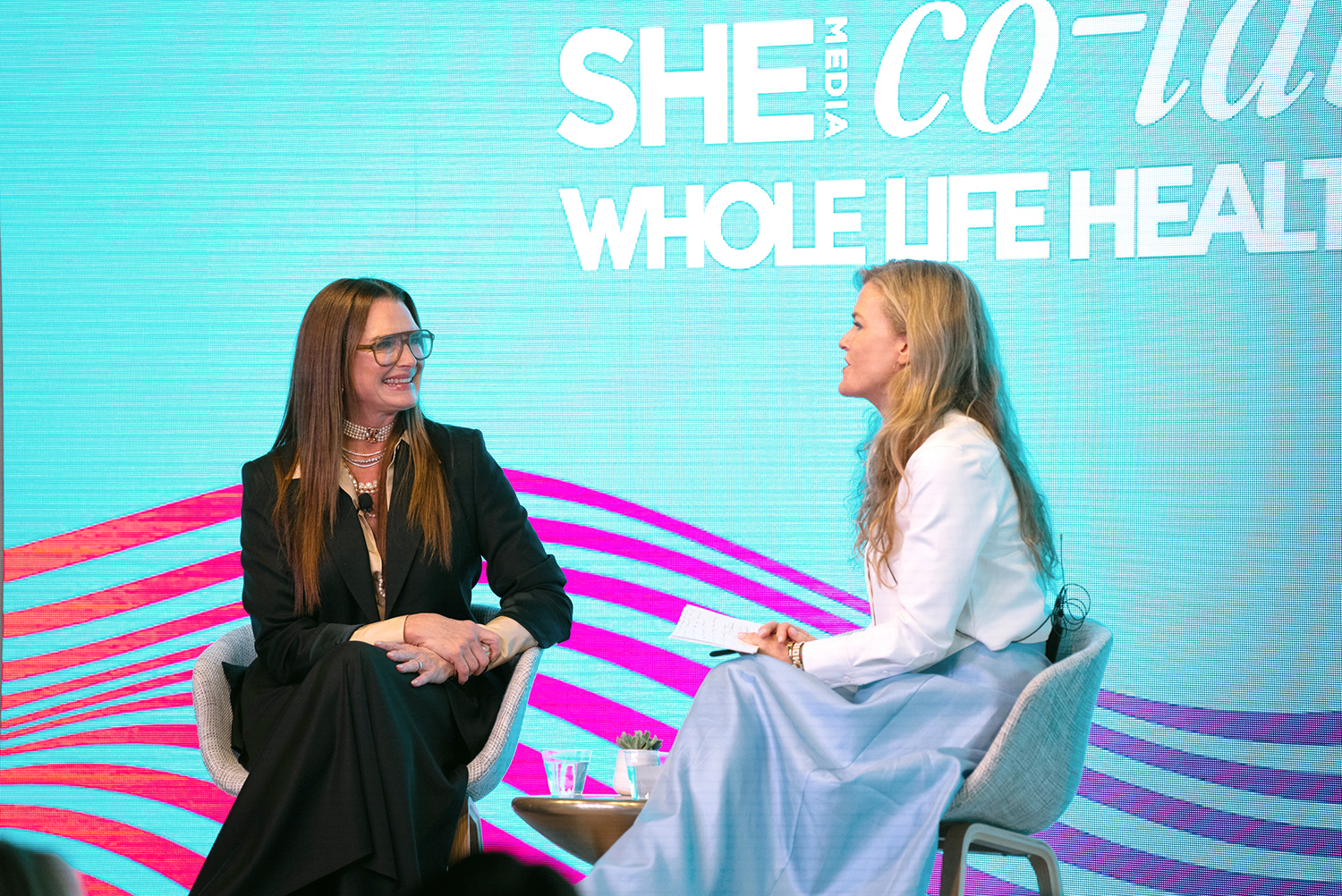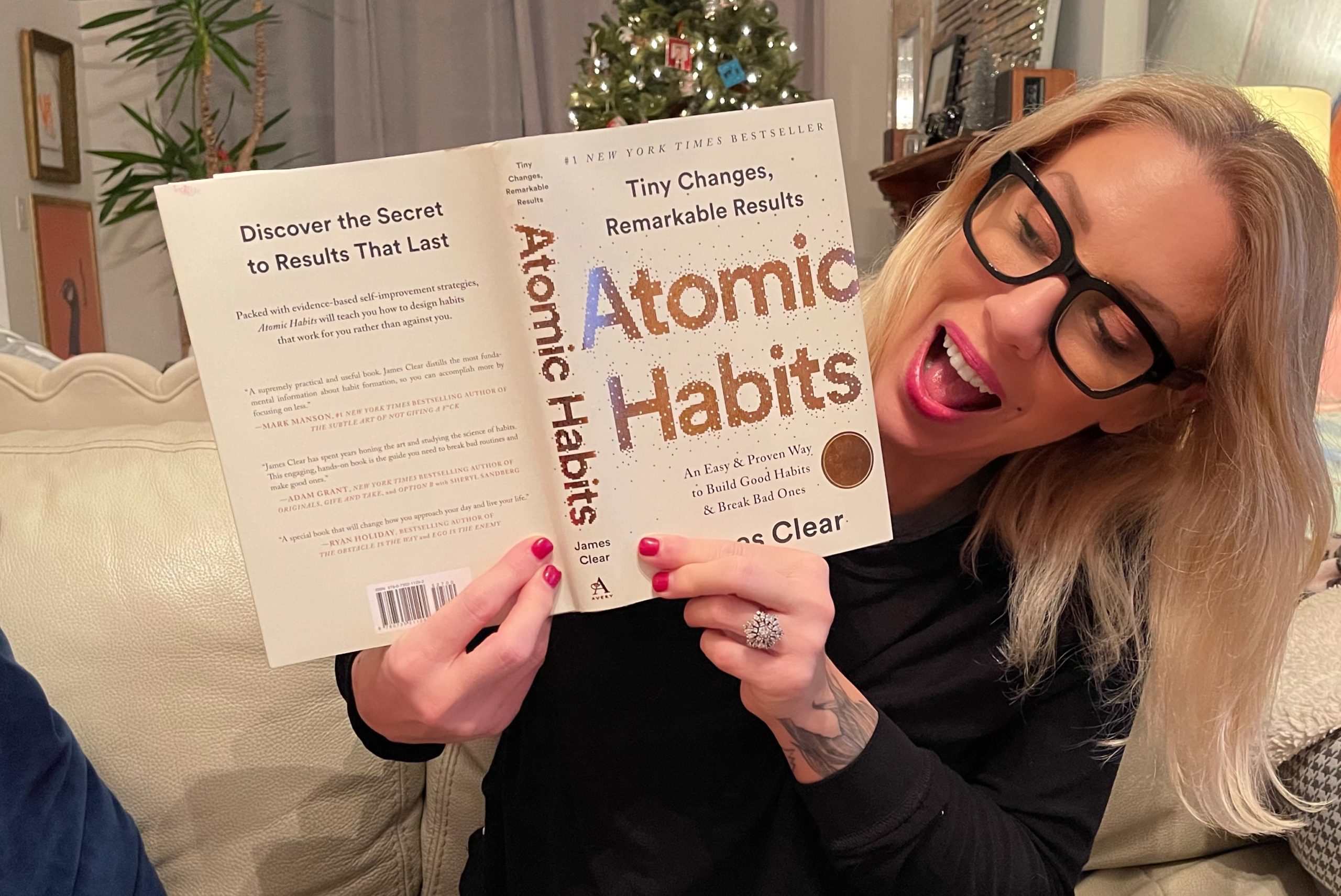
What are the best apps for weight loss, exercise, and happiness?
Not too surprisingly, the top New Year’s resolution among Americans this year is “living healthier,” according to Statista. Of course, this is a pretty broad objective for more specific goals, which include the traditional lose weight, eat better, exercise more, and — the clincher — be happier.
If you’re like me, you bundle all of these goals into one overwhelming pile of to-dos that never makes it past February. That’s when we have to remind ourselves, “progress over perfection,” and trust that small steps over and over will lead to big results.
James Clear, author of #1 New York Times bestseller, and personal must-read, Atomic Habits, explains that starting small — so picking one habit to stick to — can cause a domino effect, or chain reaction, of positive related behaviors.
For example, let’s say you decide to meditate for five minutes every morning. That positive act will propel more positive acts, like upping your meditation to 10 minutes, perhaps adding 10 minutes of yoga, eating a better breakfast, having more energy, being awesome at work, getting praise from your boss — you see where I’m going here.
It’s this domino effect that I hope works in your favor as you explore small ways — and the apps that can help you stay on track — to achieve your goals. There’s a financial commitment to all of these aps, so here are a few I’ve personally tried and recommend for a solid return on investment.
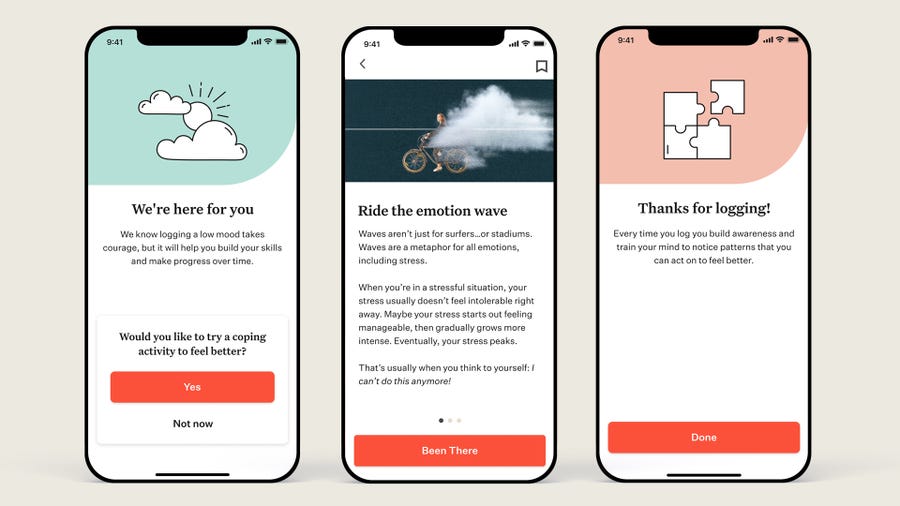
Best app to lose weight and eat more healthfully: Noom
Dropping pounds is harder — which is normal — when we reach our 40s. A decline in estrogen causes loss of muscle mass, which means decreased metabolism. The best ways to counteract this by eating healthfully and incorporating strength training and cardio (see next goal below).
I’ve found success in eating healthfully with the Noom app. It’s different than the other weight-loss apps in that it focuses on the psychology behind our eating. Success with Noom involves identifying your short- and long-term goals, and committing to three activities everyday: weighing yourself, logging your food then submitting “finish day,” and reading or listening to short lessons about nutrition and psychology.
Weighing yourself every morning — naked, after using the bathroom, of course — helps to counteract scale anxiety and the very real (and sexist and annoying) struggle of basing your worth on a number. You start to notice that a couple of pounds will naturally come and go — but what stays is your awareness of your body and your efforts, or lack thereof, which helps you keep on track of your goal.
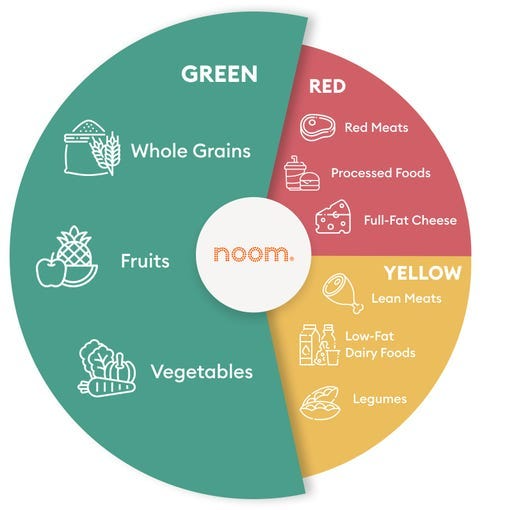
Logging food can feel like the biggest time-suck, but Noom tries to make this necessary diet task engaging. After answering a series of questions about your biology and lifestyle, Noom offers up a personalized daily calorie goal (my target is 1,320–1,520 calories per day) that will allow you to lose weight. While tracking, it also identifies the caloric density of each food by color-coding it as green (eat all you want), orange (eat some), and red (eat little). Clearly, the idea is to be aware of your caloric intake — and more importantly, the quality of the foods you eat — which eventually becomes a habit of choice.
Lastly, you choose how much time you want to commit to lessons every day, from four to 16 minutes. (Eight minutes is my jam.) Then you either listen to or read witty info about dieting, including ways you might sabotage yourself, along with ways to keep up motivation. The lessons run through a series of courses, starting with 101 (Intro to the Psychology of Weight Loss) through 304 (Inside Your Intuition), to help keep you engaged.
Like anything, you just need to commit to doing these three things — every day. That’s the hard part. But it’s also the secret to success — prompted by Noom mobile reminders (if you choose) to keep you on track.
You can see if Noom works for you with a free two-week trial membership that turns into a monthly charge of $17–70, depending on your payment plan frequency. This certainly feels pricey for an app, but I also feel it’s the most bang for your buck amongst others that I’ve tried like MyFitnessPal, which is free calorie and exercise tracking for the motivated and informed, or Weight Watchers, which is more affordable, but excludes the psychology and lessons.
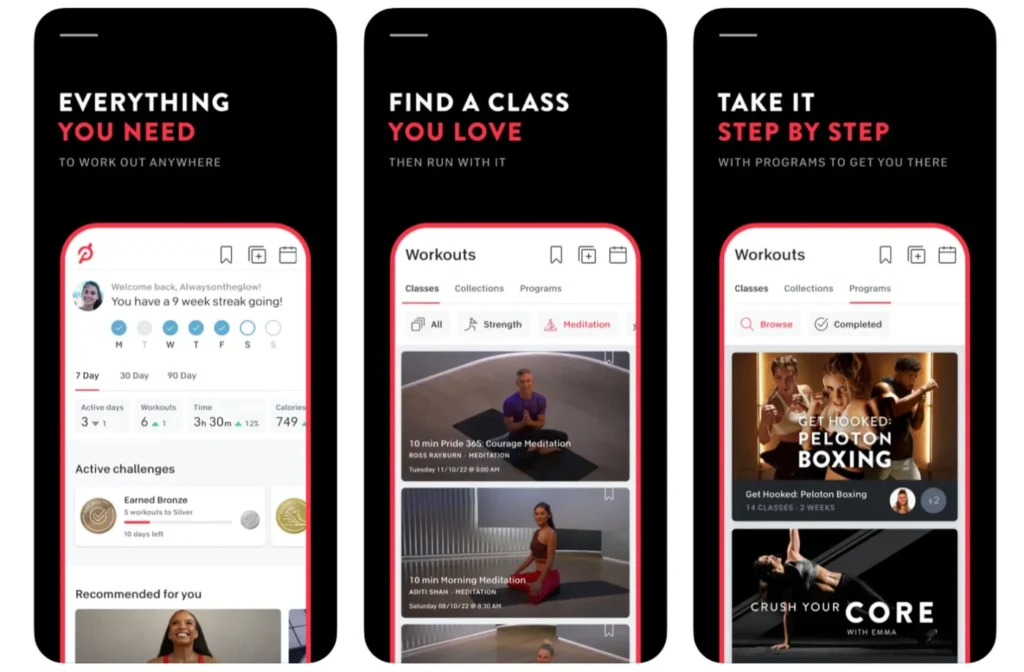
Best app to increase exercise: Peloton (bike not required)
You’re probably sick of hearing about Peloton. Maybe you even sold your pandemic bike to buy that IRL gym membership. All fair, my friend. Still, I’m here to say that for those of us who lack the motivation to move, the Peloton app might be right for you.
For about $13 a month, Peloton offers strength training, boxing, running, walking, yoga, meditation, pilates, barre, meditation, and more — all machine-free workouts that you can do on-demand from your phone or TV. Of course, if you have the bike or treadmill, you can use your app membership with these machines for engaging cardio workouts as well.
What I like even more than its accessibility is Peloton’s far-reaching and supportive community. On leaderboards, you can “high-five” or compete with friends and other folks who workout at the same time as you. (Or you can hide this option if you prefer zero distractions.) You can also join the hundreds of hashtag groups like my fave, #hardCORE on the Floor, which started as a Facebook group and became a massive community of over 400K members who share a core-focused workout calendar.
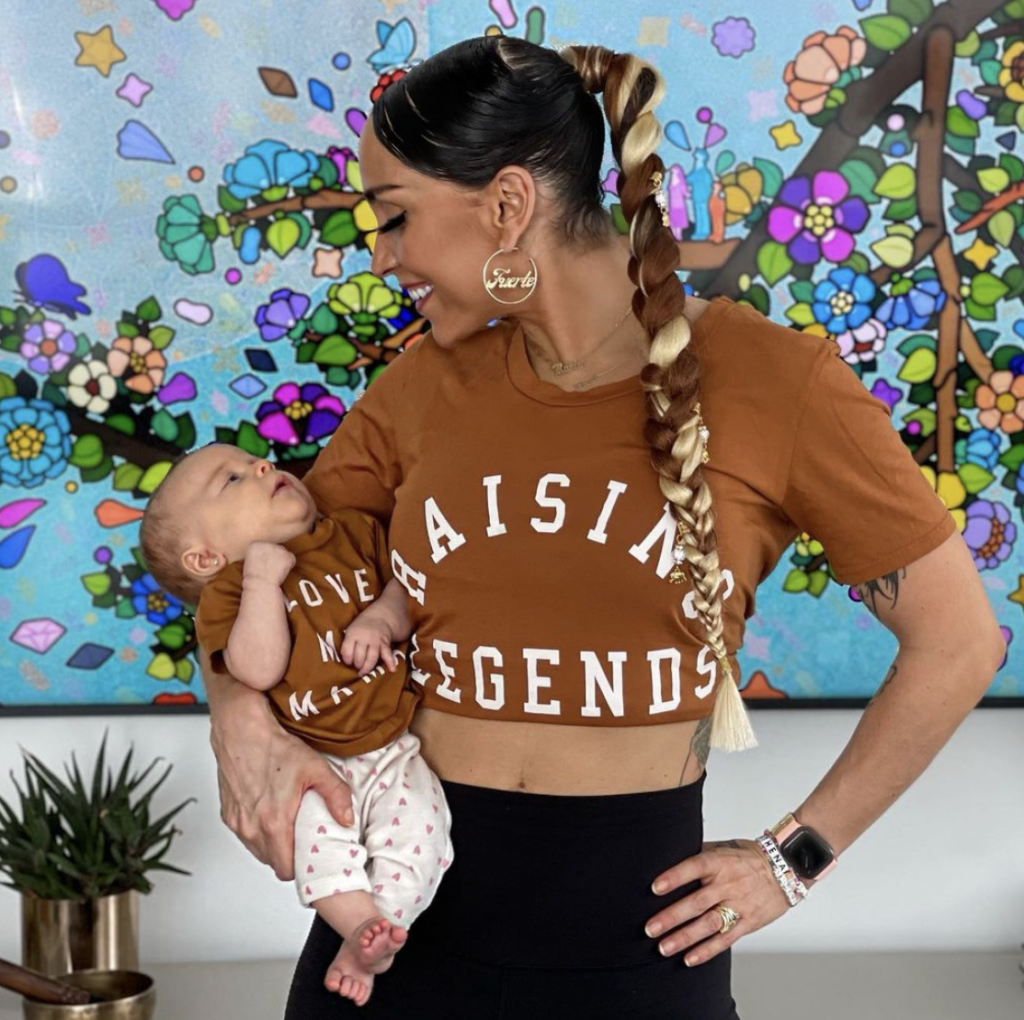
Perhaps most importantly, as a 46-year-old GAL, I appreciate seeing accomplished women my age representing what fit can look like. Head Instructor Robin Arzón (40), VP of Fitness Programming at Peloton, absolutely slays with her post-baby 6-pack, fierce mantras, and #wolfpack following. Just like punk pro-cyclist Christine D’Ercole (51) who preaches #IAMICANIWILLIDO, and yoga doctor, as in PhD, Chelsea Jackson Roberts (43), amongst others.
Group classes like Pure Barre and Orangetheory rank high in my gym recommendations for pro-40-something-women workouts. Still, bottom line, with the Peloton app, I have zero excuses to not dedicate some time each day to taking care of myself, whether it be a five-minute meditation or a one-hour HITT class. The app’s convenience and range prove an easy way to call myself out on my priorities — and sometimes that reality check is all you need to stay motivated.
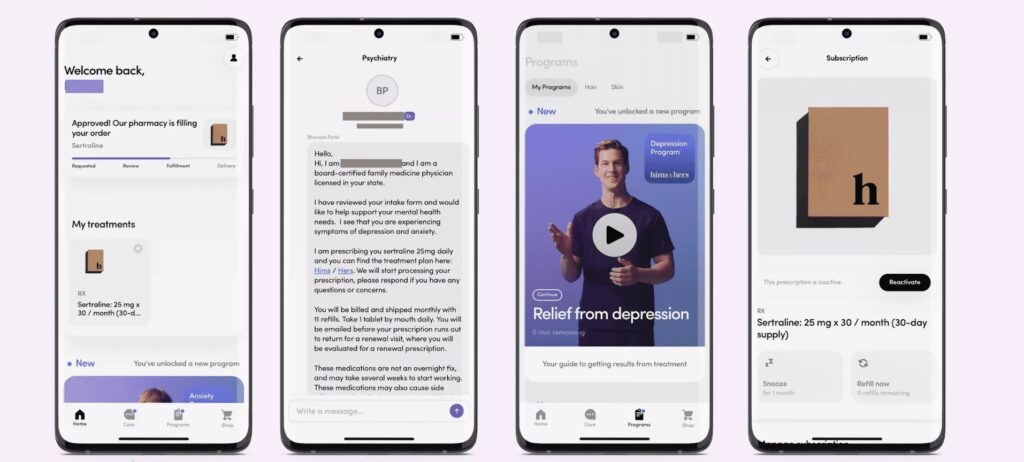
Best app for psychiatric help: Hims & Hers
It’s a catch 22: You’re depressed (or anxious or fill-in-the-blank) and you want to get help — but you’re too depressed (or what-have-you) to muster up the effort to make it happen. I’ve been there, and it sucks.
Then I ran out of meds and tried Hims & Hers in a desperate attempt to bypass the expensive, exhausting, and let’s be honest, often debasing, doctor’s visit. I went to forhers.com (there’s also a forhims.com) and filled out several questions about my current mental state, along with my Rx history and needs, and consulted a therapist via chat. Within days, three months of generic prozac arrived at my doorstep (in cute packaging) for $123 — an acceptable price to pay for this convenience — which will auto-refill in another three months.
To me, this is such a smart way to help people help themselves when other feelings like exhaustion, shame or patience are at play. On the flip side, you could argue that psychiatric drugs are too easily prescribed — or that women have long been doped up for hysteria, or misdiagnosed for menopausal symptoms. I know, and I hear you. What I’m saying is that for others who are hiding under bed sheets all day or just want to escape the swirl or fog, For Hers is (literally) a lifesaver.
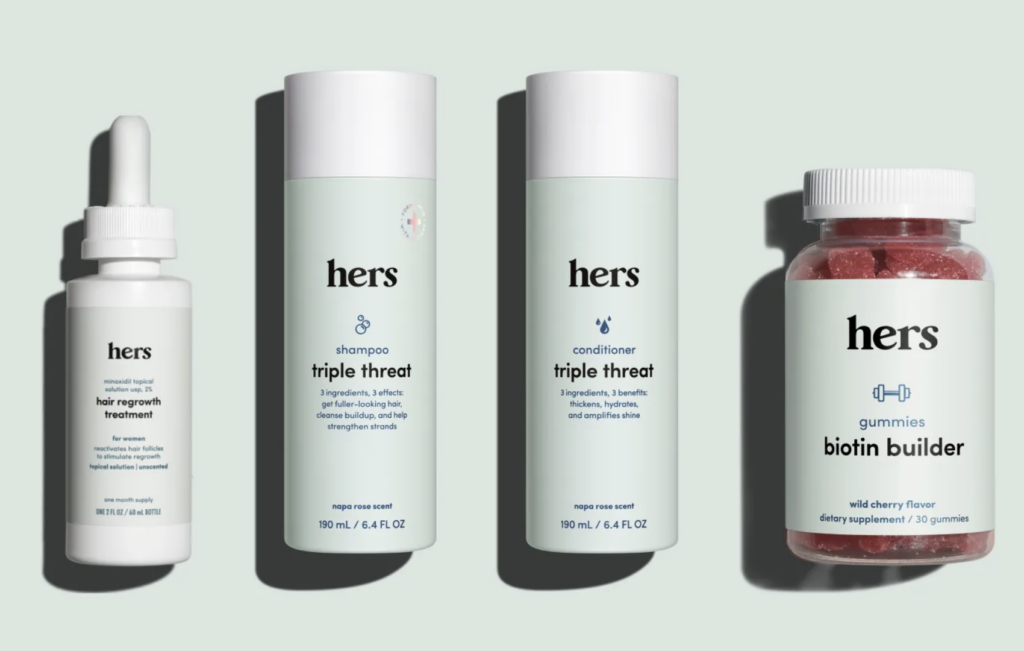
The good stuff does’t end there, either. Hims & Hers also offers prescriptions and OTC treatments for peri-menopausal GALs, including hair-loss help, migraine meds, acne and anti-aging skin care, and supplements like collagen and biotin, amongst others.
Virtual health visits aren’t new, with services like Cerebral for mental health and GoodRX for general health out there. Still, the UX of Hims & Hers earns my preference. Plus, if you’re one of the 20% of 40-something women on mental health meds, I recommend you give For Hers a try. It makes mental health (and overall wellness) feel accessible, which makes it feel normal — because it is normal — which is a good thing.
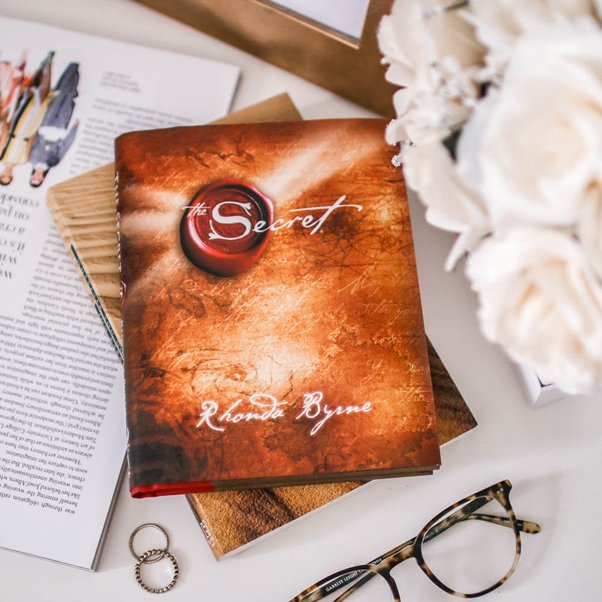
The secret sauce for 2023
If you’ve read any book on self-improvement or chasing your dreams, you know that writing out your goal is the key to manifesting it: Get specific. Identify your “why.” And visualize that it’s already yours. Don’t skip this important step.
According to The Secret by Rhonda Byrne, who divulges the law of attraction, to manifest your goals, you must “Decide what you want to be, do, and have, think the thoughts of it, emit the frequency, and your vision will become your life.” Luckily for us, there’s an app for that.
Image credits: Noom, Forbes. Peloton app, Sports Illustrated. Robin Arzón, Instagram #robinnyc. Hers app: Choosing Therapy. Hers treatment: For Hers. The Secret: Quora.

